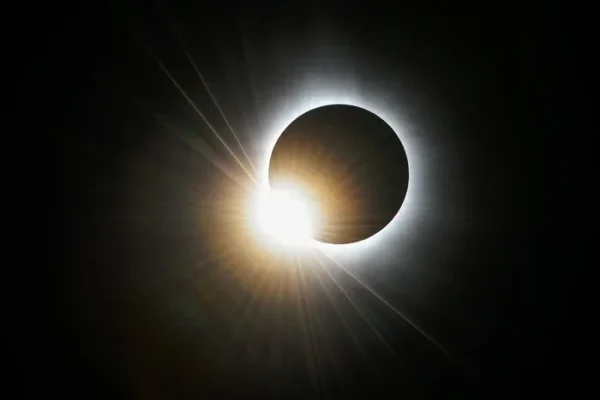Bumble Bees Now Considered Endangered
March 1, 2017
In the midst of today’s “extinction crisis”, a new species has been added to the endangered list. The rusty patched bumble bee, also known as Bombus affinis, has been declared endangered in every state not including Alaska and Hawaii. These animals are now on the brink of extinction according to The U.S Fish and Wildlife Service, who recently announced the addition of the species to their endangered species list.
There has been a dramatic population decline of the rusty patched bumble bees since the late 1990s. Their population has decreased around 87%. Some people are not realizing how big of a problem this is, however. Bees carry the job of pollinating plants that require insect-pollination to produce their fruits, nuts, etc. The rusty patch bumble bee pollinated some very important crops, and without them they will not be able to thrive.
Environment America’s Christy Leavitt said that “protecting the rusty patched bumblebee and all bees is essential for our ecosystem and our food supply.”
This is all a very simple problem: no bees, no food. This is obviously a huge problem so humans need to step up and try to preserve and save these dying species to save our ecosystem.
According to Natural Living Ideas, these are some things YOU can do to help save the bees: support local farmers, practice organic gardening, plant bee-friendly flowers, only buy local honey, educate yourself on the bee cause, and just spread the word!
Without the bees, our local grocery stores wouldn’t have most fruits and vegetables we have available to us today because they will no longer be able to be produced successfully.
Cross-pollination is the system bees use to pollinate all the plants. It is the pollination of a flower or plant with pollen from another flower or plant. If we don’t have the bees here doing this, then the job will need to be done by humans. This task is not only time consuming and labor intensive, but it is also financially draining. This means that the fruits and vegetables we love to eat will cost significantly more than they do now.
The rusty patched bumble bee was previously distributed across the eastern United States and Upper Midwest. Their range included 28 states a some parts of Canada. Over the past 10 or so years, the species has only been reportedly found in 13 states.
The reason these bees are declining so rapidly is due to several reasons: habitat loss, disease, new farms and technology, pesticides, and global climate change. The U.S. Fish and Wildlife Service is working at conserving the species and restoring it as well. They are trying to assess and protect the habitats of the Bombus affinis to ensure that they will not be added to the extinction list. Hopefully new research will help determine a way to save this amazing species and the human race will realize the severity of this endangerment and understand how it will impact their lives if these bees go extinct.











